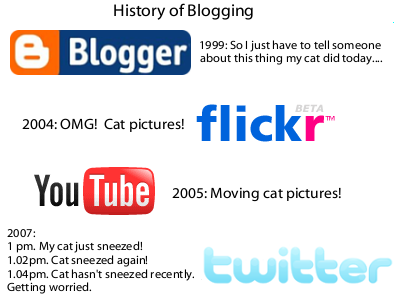Once upon a time, those who wished to conduct vigorous debate would send letters to the Editor. Now, everything is much more sophisticated. Let me explain…
First, many thanks to CD Happel for pointing me at this great video of a juggling demonstration by Chris Bliss. It’s impressive – watch and enjoy.
Update 2012 – Google Video has now gone: You can watch it here instead.
However, another juggling enthusiast, Jason Garfield, pointed out that technically, Chris’s act is not so complicated. Simply posting this to a blog wouldn’t have had much impact, though, so he made a video of himself juggling to the same music but with five balls instead of three. You can see it here. It became known (or was christened by him) as the ‘Bliss Diss’ video. Also very impressive, but in different ways.
This apparently caused some debate in the juggling community about which was really the most difficult routine and whether Chris’s choreography was better than Jason’s. Jason got so much email – often vitriolic – that he decided to post another video explaining his position. In it he shows Chris’s video with multiple different background tracks, to show that it appears to be nicely choreographed with any of them.
Now, as someone who could barely juggle two balls to ‘Baa baa black sheep’, I am not qualified to make any assessment of the juggling technicalities. I suspect Jason is probably right, but his message has come over as rather negative so I, like many others, instinctively react against it after getting such a postitive vibe from Chris’s video above.
What interested me, however, was his his use of the media. He stated that he wouldn’t read any more of the aggressive email he was getting. If you want to send him a message, sit in front of a video camera and send him a clip explaining, or demonstrating, your position. We’ve all seen the ‘flame wars’ where people engage in heated arguments on forums or in email that would presumably never have become so vicious in a face-to-face encounter. I think Jason may have hit upon an excellent way of keeping things more civil. Have a look at his explanation.
It’s also interesting that we’ve reached a point where it’s reasonable to request anybody feeling strongly about a subject to make a video of themselves talking about it and broadcast it globally – something that would be unthinkable just a few years ago. Much of the population of the developed world now carry in their pockets the technology needed to do just that.
That’s even more amazing than the juggling.


Recent Comments